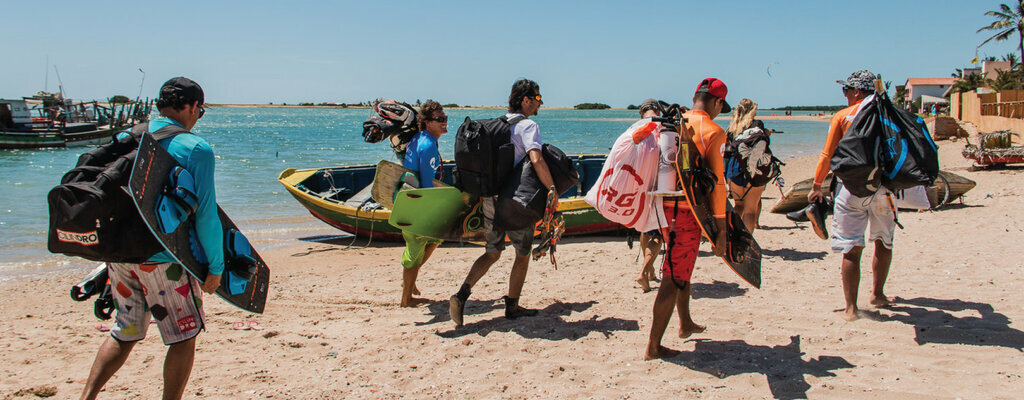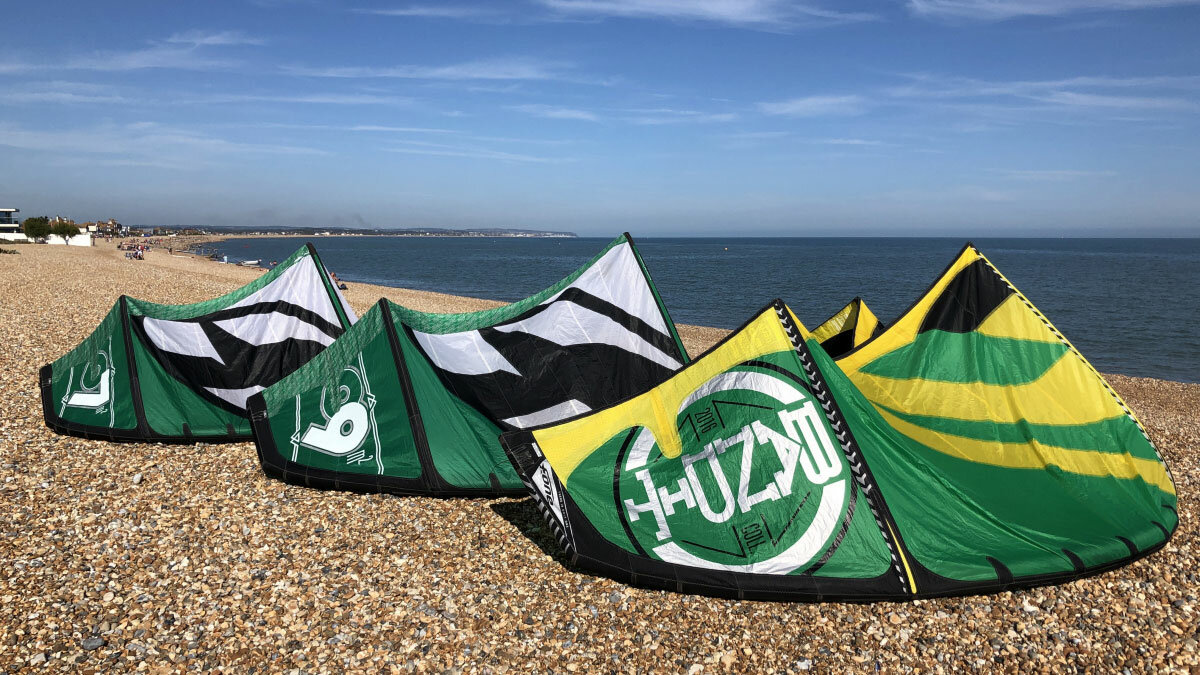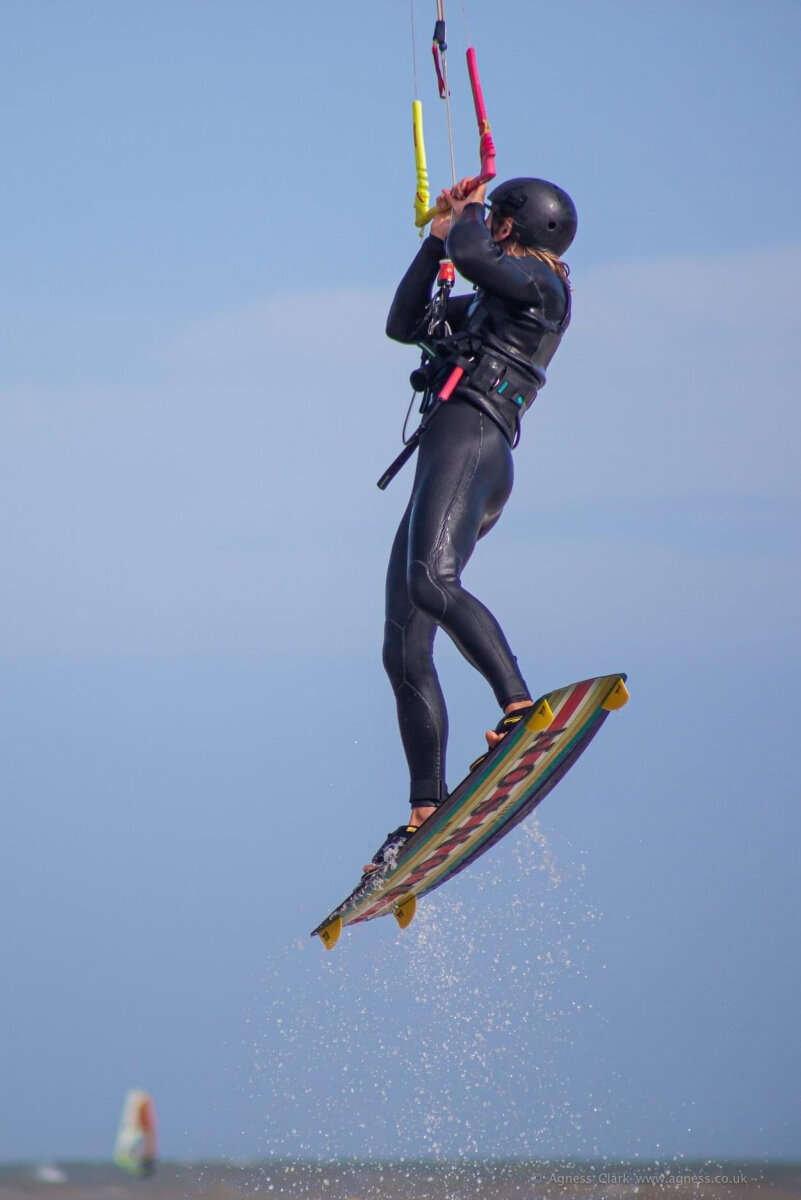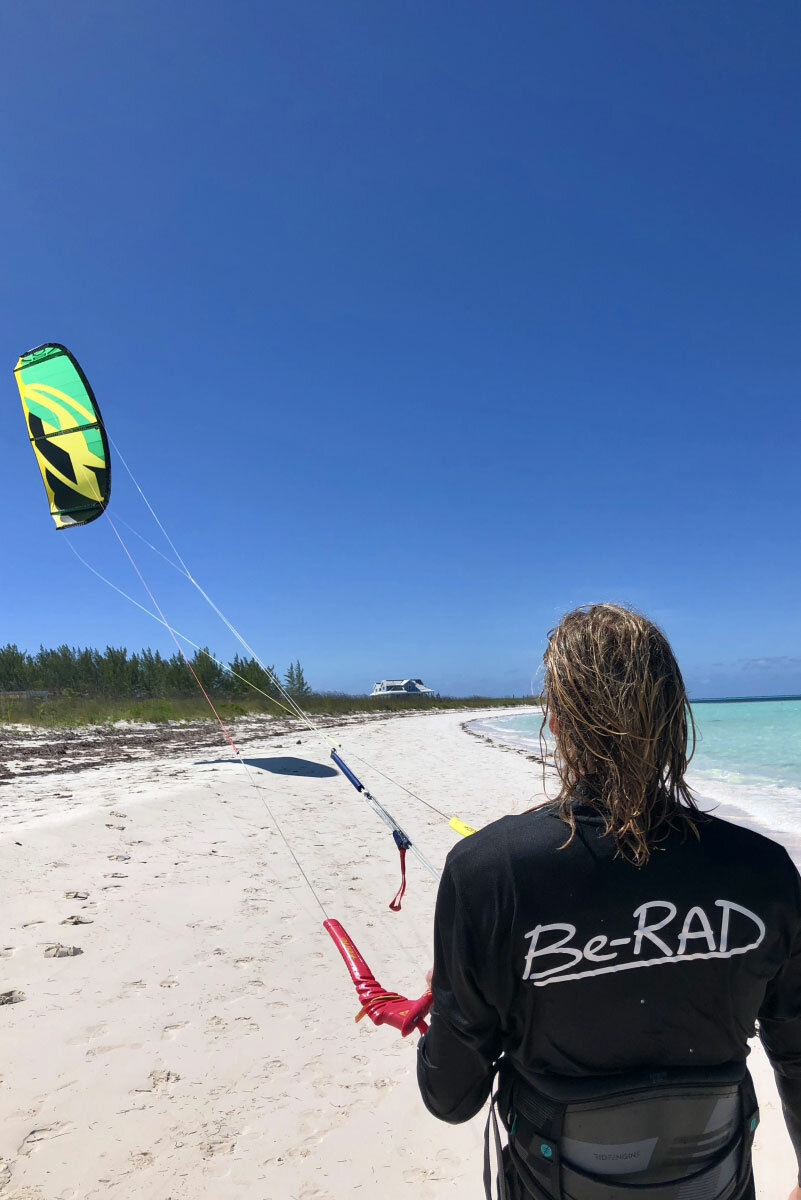Try the new IKO website at https://beta.ikointl.com/

How to Kitesurf Safely: ROW Rules, Self-Rescue, Launching and Landing a Kite
Wow, what a hectic time we've all had the past few months! Covid-19 has taken over the world and ground everything to a halt. I'm so pleased to say that most countries are now on the declining side of this gnarly wave and that lockdown restrictions are starting to ease in the majority of countries around the world. And so with it, kitesurfing has made a miraculous reemergence!!!
Here in the U.K., I have never seen so many kites in the sky! I'm sure it's the same for all you kitesurfers out there wherever you may be? If we can take one positive from all of this, it's shown just how fortunate we all are to call ourselves kitesurfers, shredders of the seas!
A busy return to the sport can also bring inherent dangers. With more crowded spots than ever before, it is important to be safety cautious and take care of one another. In this article, I'm going to refresh your memory on some important kitesurf safety procedures and checks to ensure we all have a fun, but ultimately safe time on the water.

What to do before you arrive at the beach?
Check over all your kitesurf equipment for wear & tear. You don't even need to be at the beach to do this!
-
Find an open space large enough to run out the full length of your lines. Next, you're going to walk through your lines untangling them as if you were heading out for a session. I like to attach a leash to a fixed object and hook the end of all my lines through the carabiner on my leash. Walk back down the lines towards the bar (checking for knots and worn out fraying lines). Top tip for removing stubborn knots: leave the line to soak in hot water for a few minutes first before working the knot out. If the lines are severely damaged, you should replace them.
-
Check the line length! Grab your harness and hook into the chicken loop. As long as you've secured the lines onto a fixed object, you should be able to lean back into the harness putting light pressure on the lines. Use the trim strap to take all trim out of the bar (max power setting). Now sheet the bar all the way in. Where does the bar come to? It should be touching the top of the safety system. If it isn't, this is a sign that your front lines have stretched and your kite will be prone to back-stalling. If you have extra knots under the floats on the bar, move the steering lines down one knot, therefore making the steering lines longer. Pull the bar in again and see if it now touches the top of the safety system. Repeat this process until all lines are equal length. If you have used all the knots down by the bar, you may have the option to trim the lines on the kite. The final possibility is to physically stretch out the lines, just double-check that the bar is level and not steering to one side.
-
Look over the kite for any repairs such as pinholes, patch as necessary. I highly recommend inflating the kite and leaving it for a few hours to ensure there are no valve/bladder leaks. The last thing you want is a jellyfish kite on your first session back!
-
Check the bridles on the kite as these can often become worn-out from the pulleys travelling along the line constantly.

Refresh your memory on the kitesurf R.O.W. rules
Have a quick look over the R.O.W rules and test yourself on them. The most important rule is to avoid collisions at all costs. However, here are my top five rules to help avoid any near misses in the first place.
-
Upwind kite Up, Downwind kite down (The golden rule).
-
Starboard tack has the right of way over port tack. Starboard tack means you are going to the right with your right hand and right foot first.
-
Give way to kitesurfers entering the water and trying to get away from the beach.
-
The rider surfing a wave has priority, give way to them.
-
No priority on land, please use common sense.
Know how to perform a self-rescue
This is an essential skill which you will have learned if you had lessons at an IKO affiliated kite centre. Have you forgotten how to perform a self-rescue? If so, you can visit your nearest IKO affiliated school and book a lesson to cover this. Alternatively, the IKO has a great step by step video tutorial explaining the process. To gain access to these tutorials, sign up for IKO kiter premium today!
It is essential to have practised this especially at a time like this! We don't want to put unnecessary pressure on our emergency services as they are already overwhelmed.

Keep a distance when on the beach
This is super easy to forget as we are all so stoked to be back at the beach and excited to see our kitesurf buddies! Please respect your country's social distancing rules to help shed a good light on the kitesurfing community.

Launching a kite safely
It is important to launch a kite with as little power as possible. Unfortunately, the majority of kitesurfing accidents actually happen on land when launching the kite. It is always best to launch with an assistant rather than a self-launch. Here is my simplified launching procedure:
-
Ask your assistant to pick up the kite by the leading edge and flip it so the leading edge is in a vertical position (you should be hooked into the kite at this point).
-
Keeping CONSTANT tension on the front lines, slowly walk upwind. You can let go of the bar while walking upwind.
-
Keep watching the kite, once the canopy of the kite stops flapping, you are almost in the correct position to launch.
-
Take a couple of small steps upwind to ensure the kite won't stall when launching.
-
Give the thumbs-up signal once you have done your pre-flight checks and you are sure the kite is set-up correctly.
-
Slowly launch the kite upwards with one hand. My top tip here is to have the spare hand ready to fire off the safety, should anything go wrong.
Landing/Self-landing
Again it is always best to land with an assistant. Simply ask a fellow kiter or tap your head (universal landing sign) signalling you want to be landed, slowly lower the kite down.
You may find that you have such a rad session, happily unaware that you are the last kitesurfer on the water. This has certainly happened to me numerous times!
In this case, you will need to self land the kite. The safest way to self land your kite is to pull the safety release.
-
Pull the safety and wait for the kite to flag out.
-
Once the bar has travelled all the way away from you, work hand over hand along the safety line.
-
Follow this line through the bar making sure to only keep tension on the single safety line preventing the kite from relaunching.
-
Walk all the way towards the kite grabbing the bridle connected to the safety line.
-
Now you can hold the kite by the leading edge and pack away as normal.
I hope you've found this article worthwhile, please share the article across social media and spread my knowledge for safe kiting! Enjoy that first session back on the water if you haven't already done so. I can tell you now, it’s unimaginably fun!
Sign up for a Kiter Membership to get worldwide insurance coverage along with access to 25+ hours of eLearning. Your kiting has never been safer!
Written By: Be-Rad Watersports
.png)

